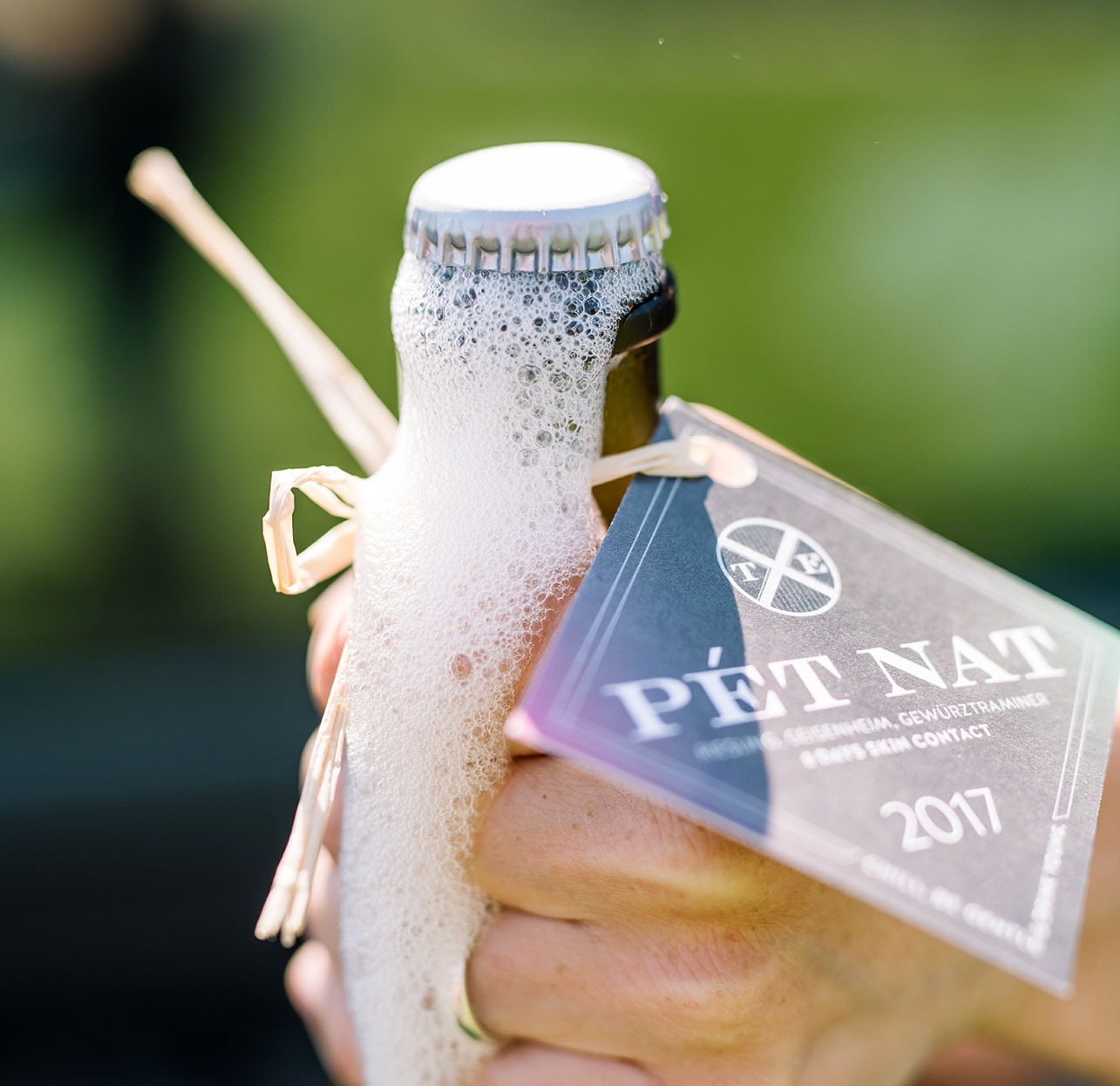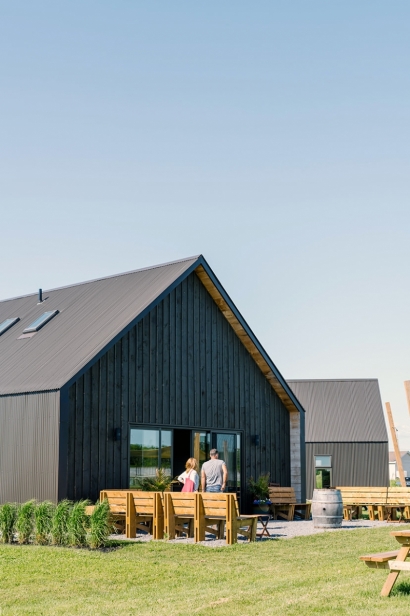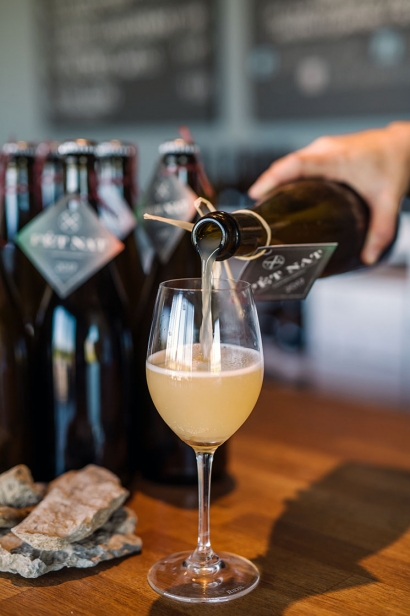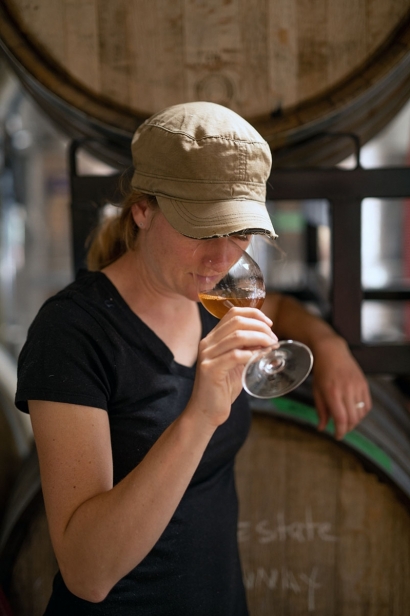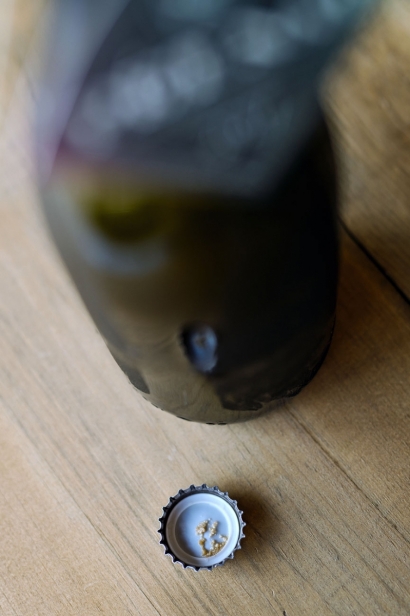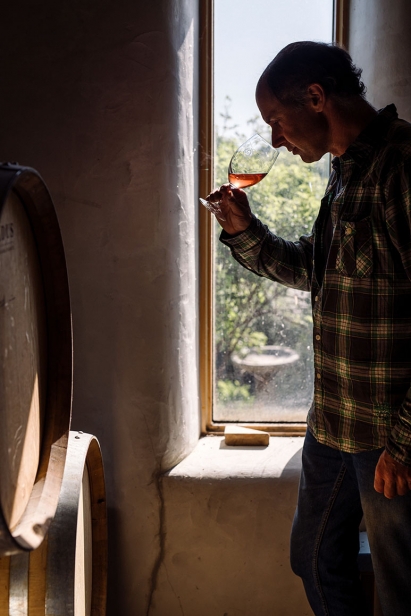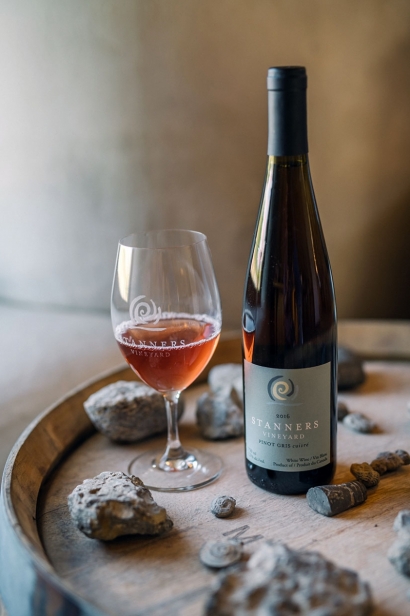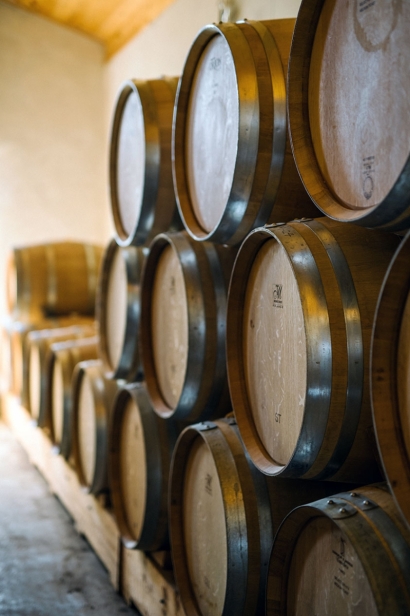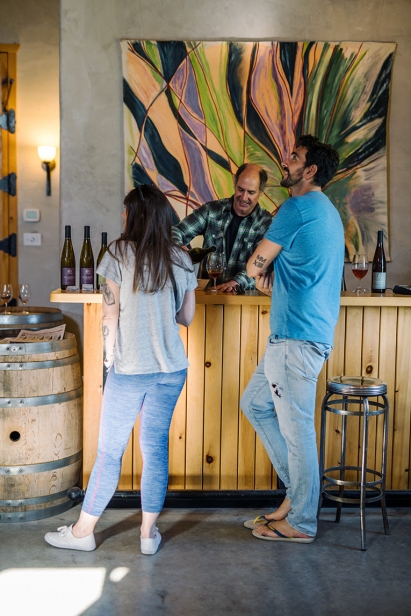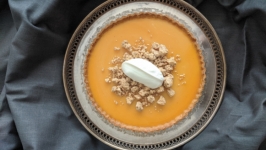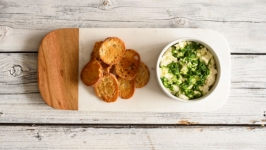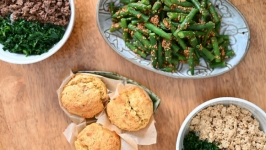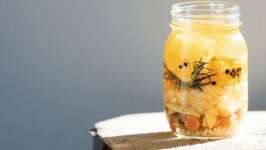By Nature's Hand
Wine lists are changing. What was once a straightforward breakdown of reds, whites, sparkling and rosés has evolved to include a new colour and an addition to the sparkling wines list. Orange wines and pétillant naturel — commonly called pét-nat — are becoming the norm at wine-focused bars and restaurants.
Pét-nat has such a long history that it is often called the méthode ancestrale, the method of the ancestors. Developed in the south of France five centuries ago, it provided an early form of bubbly. The method was simple. Wine that hadn’t completed fermentation was put in bottles where final fermentation would create the carbon dioxide that turned a flat wine into something sparkly.
Orange wine has an even older tradition, dating back to Georgia, in the Caucasus, thousands of years ago. This is a wine that uses white wine grapes, but is processed more in the fashion of reds — using, in fermentation, not only the juice of the grape, but also the skin, for a clear enhancement of complexity, flavour and texture.
Both wines have been making comebacks over the last couple of decades, perhaps reflecting a current vogue for authenticity and tradition.
At Trail Estate Winery, Mackenzie Brisbois has been experimenting with orange wines since 2015. Testing the waters, she started with extremely small batches, in one instance producing only nine cases (a mere 81 litres) of a skin-fermented Sauvignon Blanc. Since those first vintages, she’s homed in on what works best for these wines, producing larger batches of Riesling and Gewurztraminer.
These wines are incredibly approachable — neither is overly funky or tannic. The Riesling offers incredible aromatics; the Gewurztraminer boasts a delightful spicy florality.
At first, Brisebois expected them to be a little more intense. However, she now finds them “just like normal wines with a little more substance to the palate. If someone is looking for a really dry Riesling, the [skin contact] Riesling is right up their alley. And if someone is looking for something super fruity, the Gewurztraminer seems to do well.”
With all its wines, Trail Estate uses “a very hands-off approach,” Brisbois says. “I try not to use anything, such as the whole slew of chemicals we could use. I do very minimal intervention; generally we hand-pick everything in the vineyard.” Brisbois jokes that aside from picking, they aim to “just kind of move the juice around until it turns to wine.”
Colin Stanners of Stanners Vineyards embraces the same approach. He uses Pinot Gris — the same grape as Pinot Grigio — to make what he calls Cuivré, a slightly rose-tinged white with great texture and vibrancy with notes of mandarin and apricot. Stanner explains that this wine has seen tremendous success. Where people often associate Pinot Gris with a very light patio wine, Cuivré, enriched in flavour and texture by the grape skins, has far more complexity.
“It seemed like such a waste to get rid of the skins so early,” Stanners says. “It’s pretty hard to grow grapes here in the county and there are a lot of flavour compounds in the skins.”
With Pinot Gris, the aim is usually to keep it as neutral and light as possible. Stanner goes the alternate route, embracing all that the grape has to offer, building a huge aromatic lift and depth.
Intervening as little as possible can be difficult for the wine maker in Prince Edward County, with its brutal winters, short growing seasons and serious extremes of frost and blistering heat.
Some winemakers ferment wine using solely the yeasts found on the skins. If commercial yeast is used instead, it would guarantee a smooth fermentation as well as predictable flavour, but using wild or naturally occurring yeast can create wines that exhibit the personality derived from the soil and climate of a specific vineyard — the sense of terroir.
Trail Estates' Brisbois believes that the harvested grapes should speak for themselves. That philosophy is informing her latest endeavours into pét-nat. “I like the idea of putting something in bottle, that there’s nothing added to it, just grapes.” Unlike traditional sparkling wines (think champagne), pét-nats capture the tail end of fermentation in bottle, creating a softer and juicier style meant for early consumption. Bottling at the right time is crucial — too early results in bottles exploding under pressure, too late results in a barely perceptible fizz.
In tackling this winemaking style, nothing can be added and not much can be taken away. Since these wines go directly from tank to bottle, filtering is a no-go; the yeast has to stick around to convert the last of the sugars. The result is a wine that is hazy and occasionally murky, but uniquely delicious.
Sulfur is added to many wines because its antioxidant and antibacterial properties add stability, but it is never added to pét-nat wines.
With the recent push for lower-intervention wines, sulfur has become a point of contention. It was never used before modern times so its avoidance marks a reversion to an earlier tradition that allowed wines to exhibit more individual character. Many winemakers do not exclude sulfur completely (it can be used in orange wines), but its use requires a deft hand.
Sulfur is only the tip of the iceberg; there are plenty of other chemicals and additives a winemaker can use, none of which need to be listed either on the bottle or the winemaker’s website. Low-intervention and natural winemakers are combating these notions by making spectacular wines while being vocal about the fact that nothing is used.
Wines by Nature, an annual wine show in Ottawa, focuses on the natural form of wine and what it has to offer by highlighting winemakers from Ontario and abroad.
“It’s about building awareness and getting people into these wines in our market and having more people enjoying, drinking and understanding the background and philosophies of the winemakers,” says Eric Romolock, co-founder of Wines by Nature.
The next Wines by Nature event is scheduled for Sunday, October 28. Until then, wine-focused spots such as Town, Citizen and Fauna in Ottawa offer up local options, as well as worldly examples available both by the glass and bottle. The aforementioned wines, like those of any small-lot, experimental Ontario wine producer, are not available in the LCBO. Finding them, though, is not hard. They can be ordered directly from the producer’s website for door-to-door delivery.
These wines are enticing and different. Pét-nats are simple and fun anytime bubbles. Orange wines ride the line between red, white and rosé and are extremely food-friendly. Both have been embraced by sommeliers and winemakers aiming to demonstrate the attractions of a hands-off winemaking approach.
Every wine is a unique collision of a given grape, ground and climate. The natural path will bring out a wine’s true character — sometimes for better, sometimes for worse, but always emerging as more than the sum of its parts.
Trail Estates Winery
416 Benway Rd., Hillier, Ont.
trailestate.com, 647.233.8599
Stanners Vineyard
76 Station Rd., Hillier, Ont.
stannersvineyard.ca, 613.661.3361
Wines by Nature
winesbynature.ca


